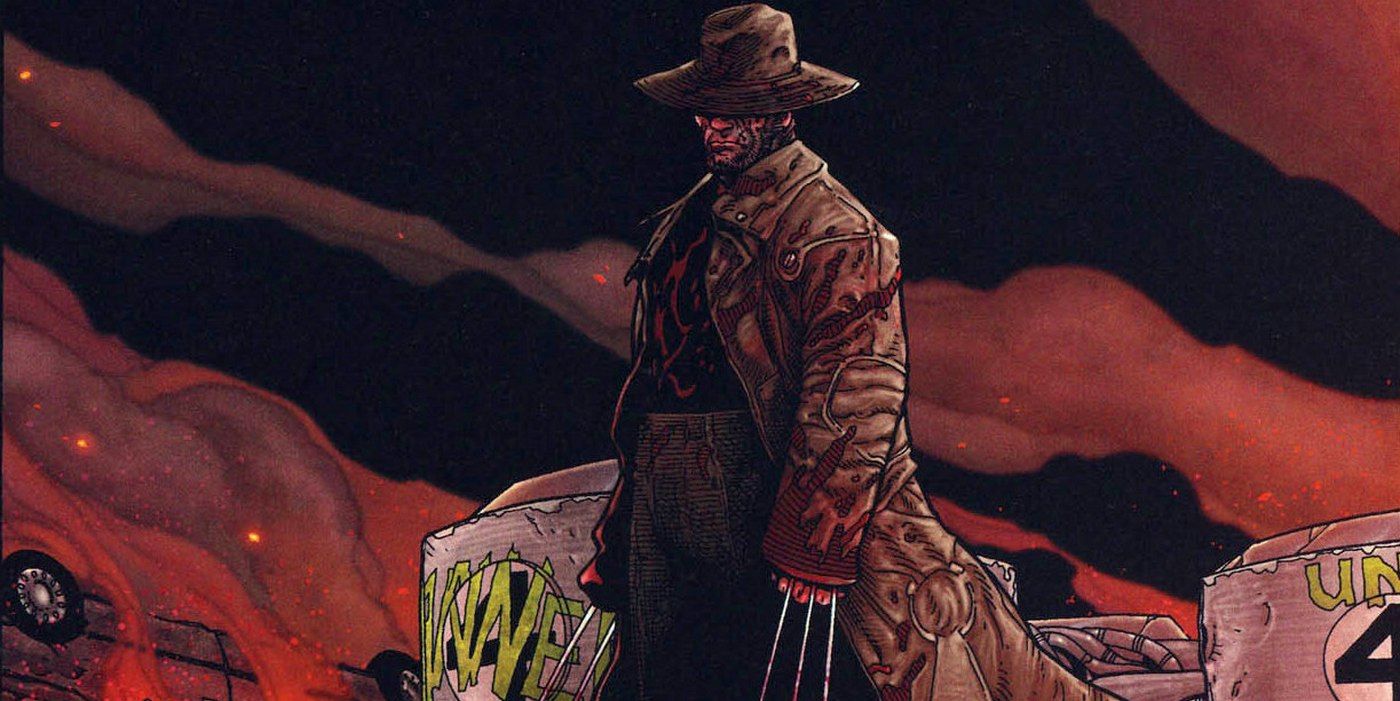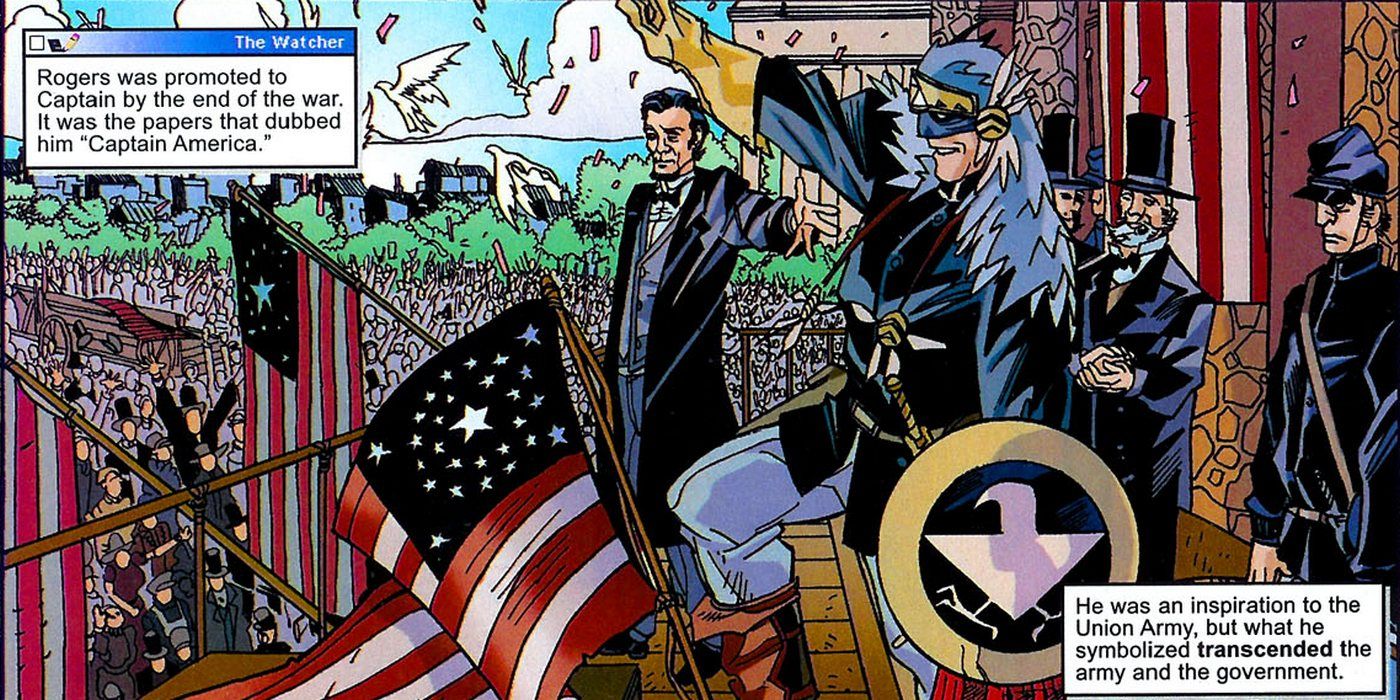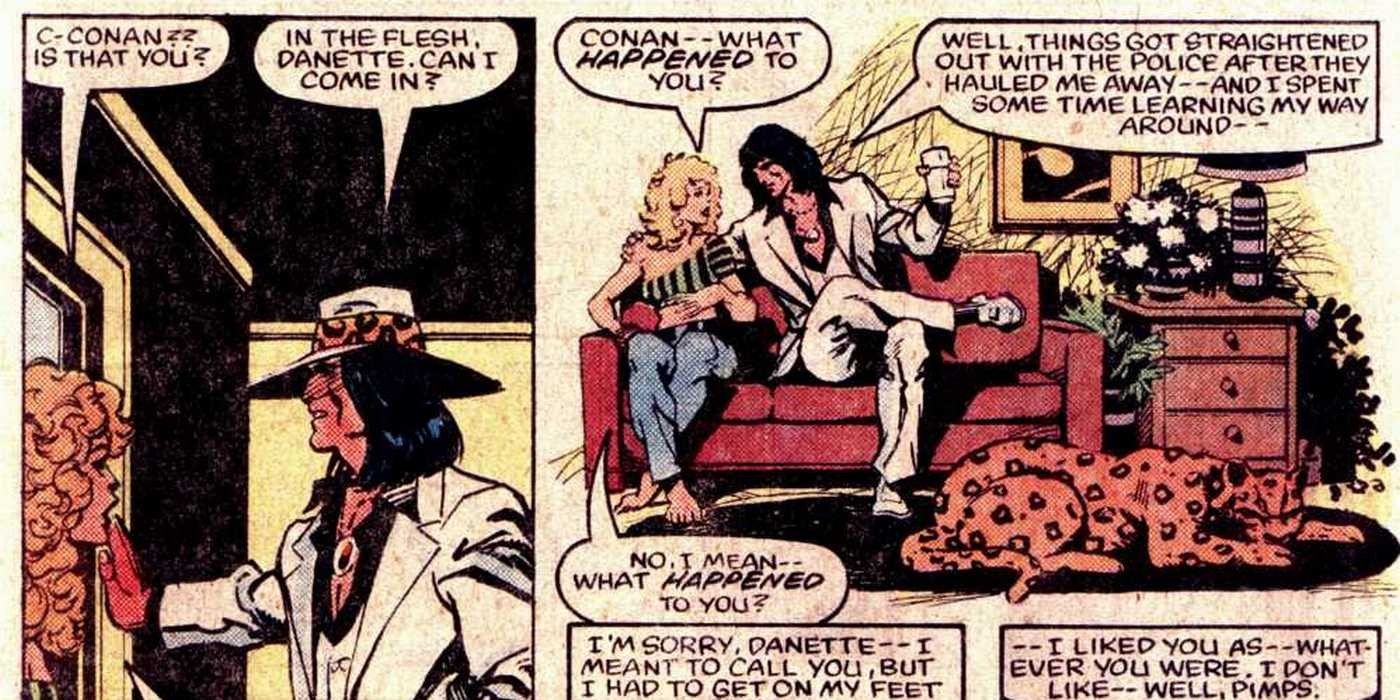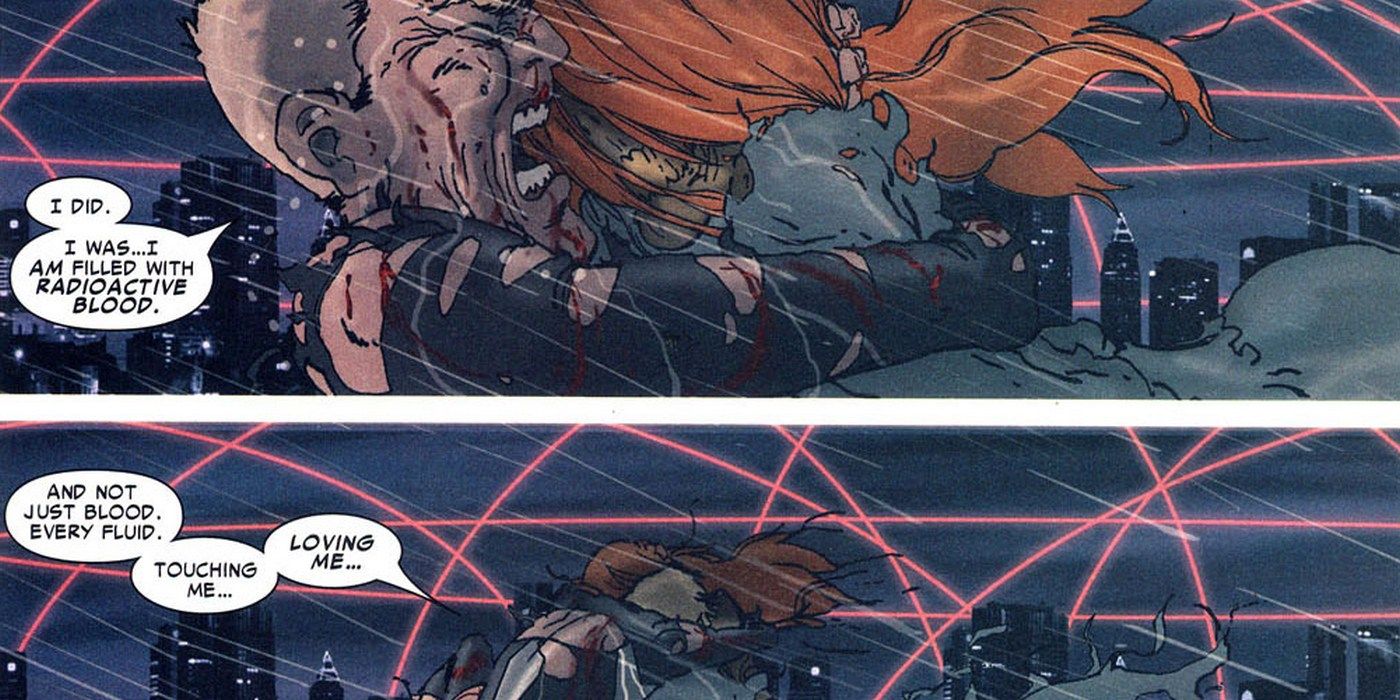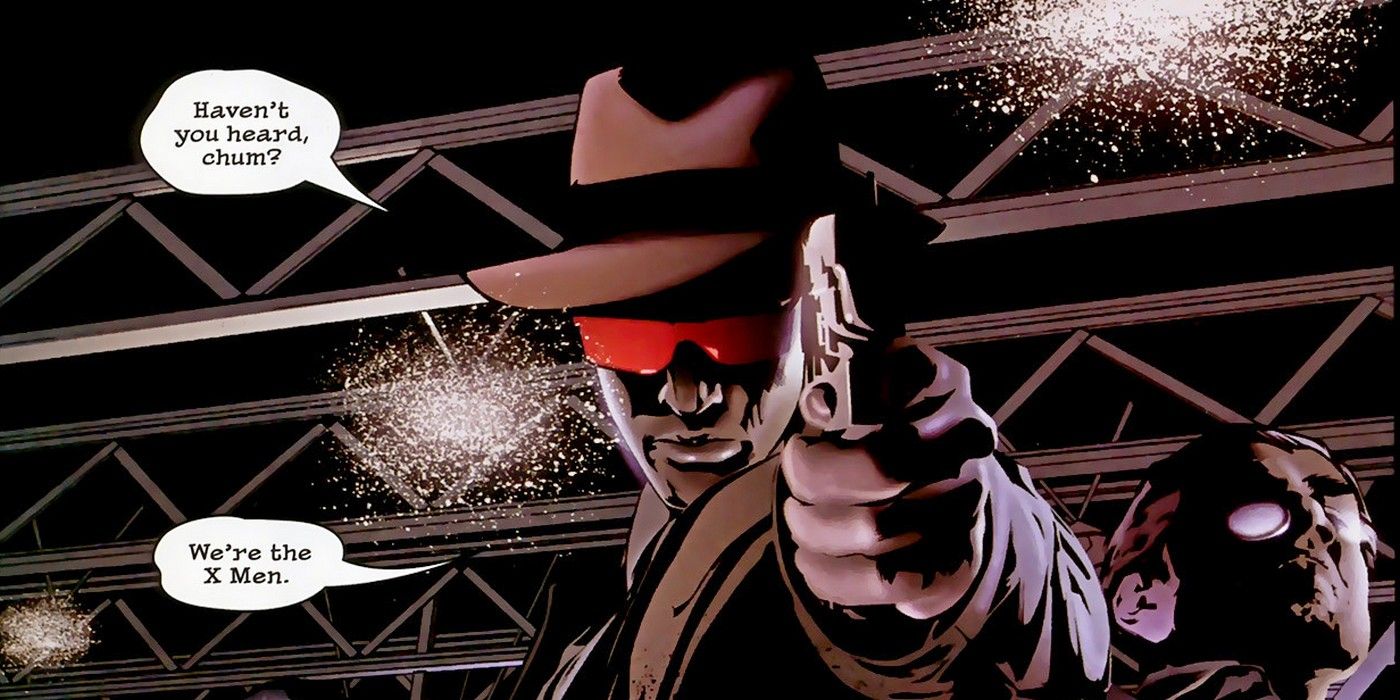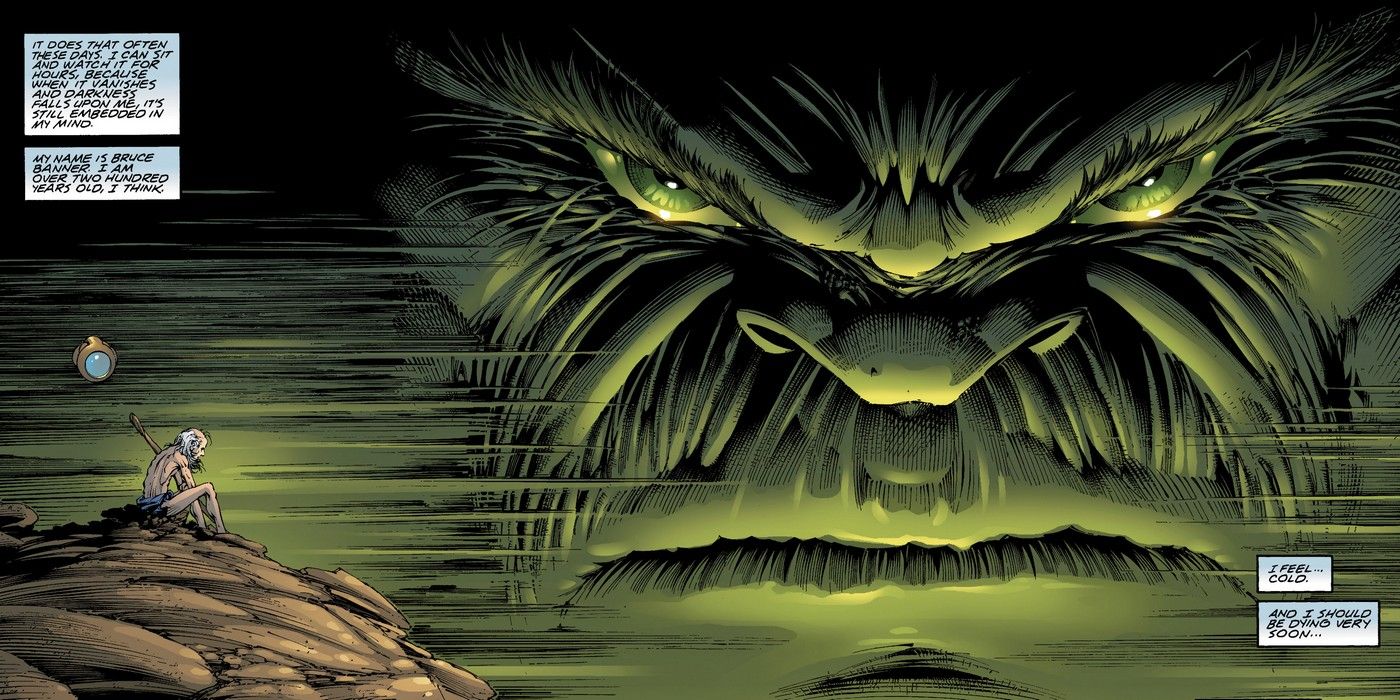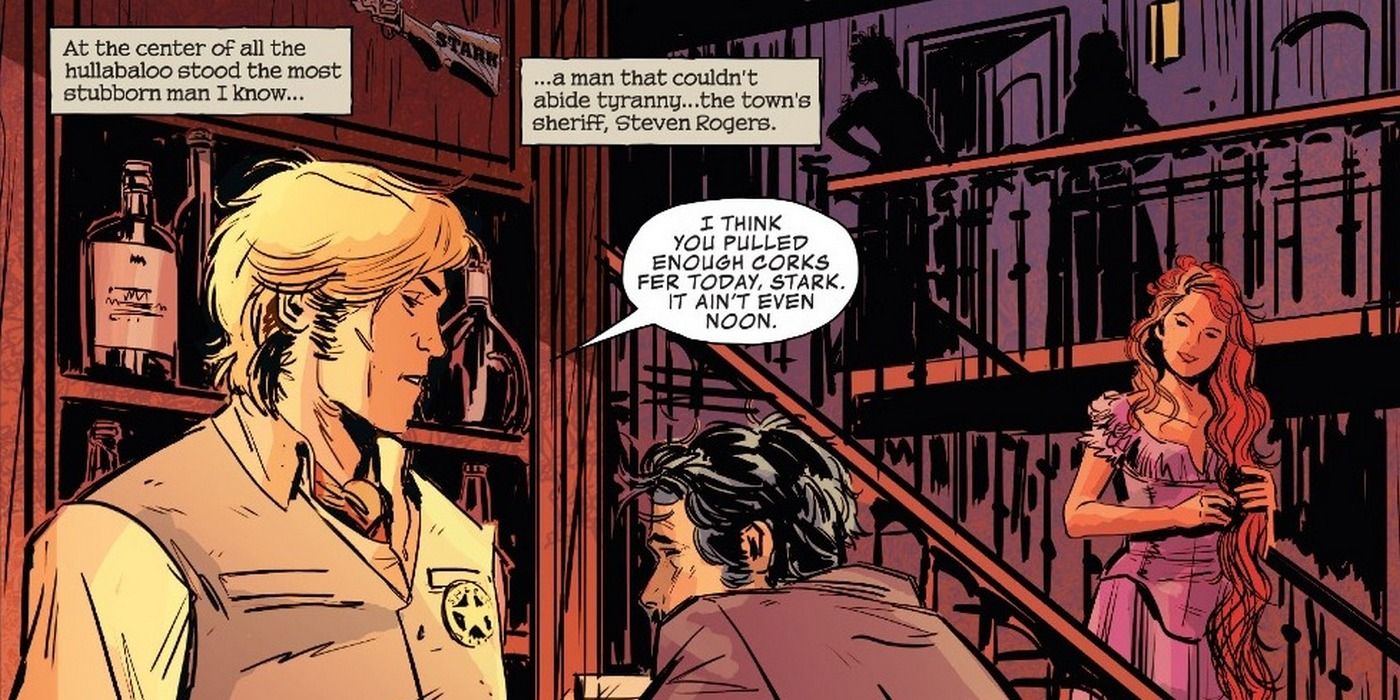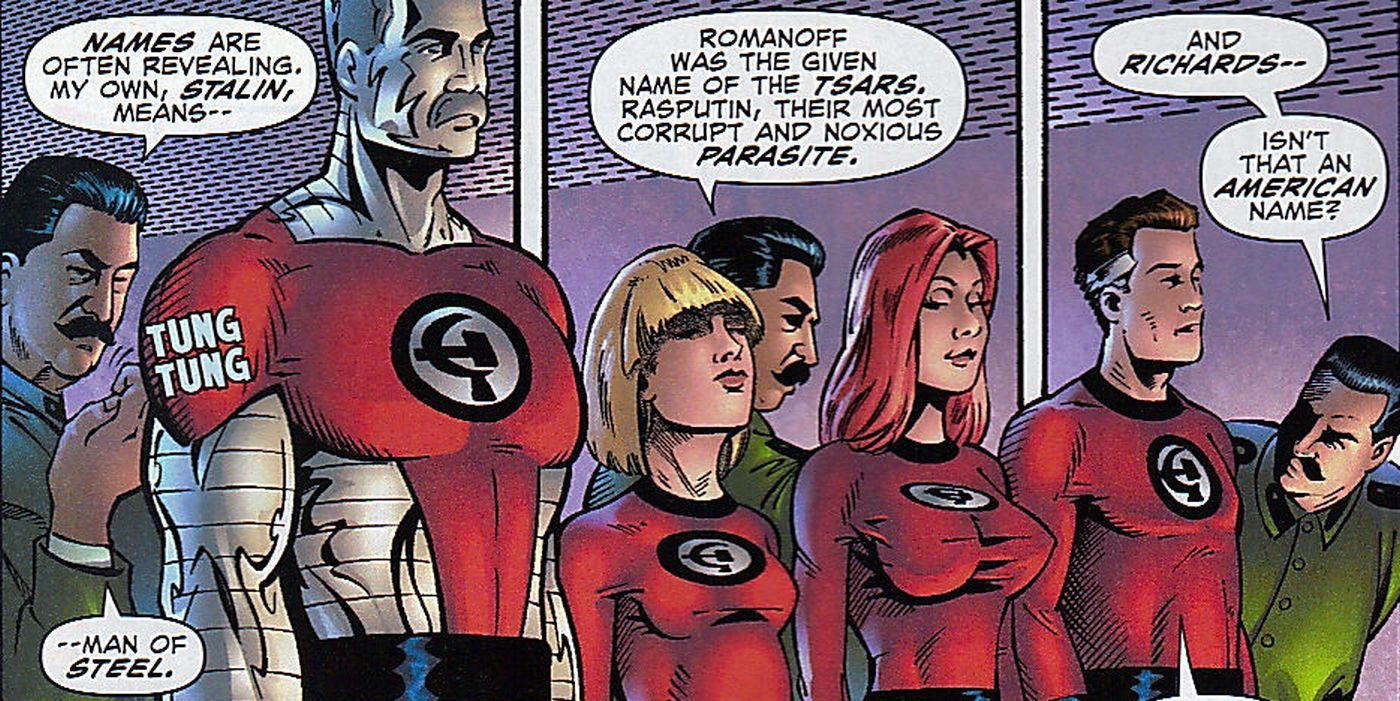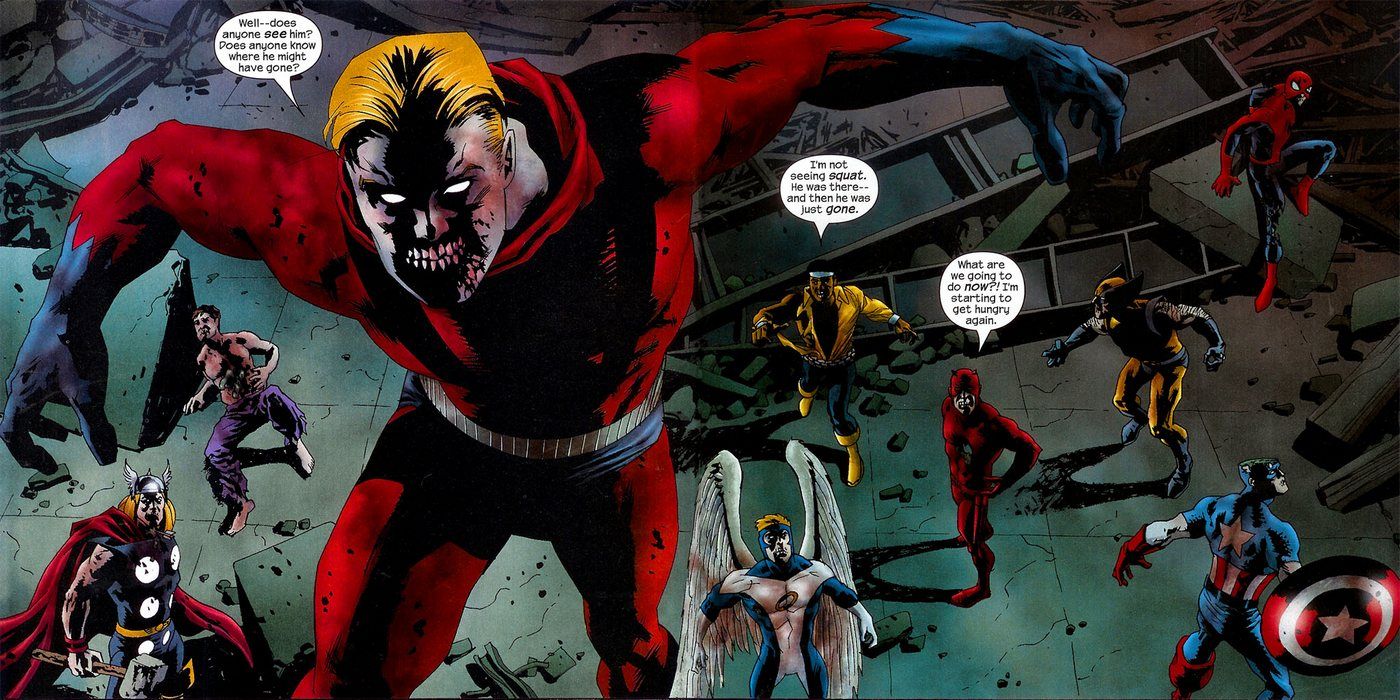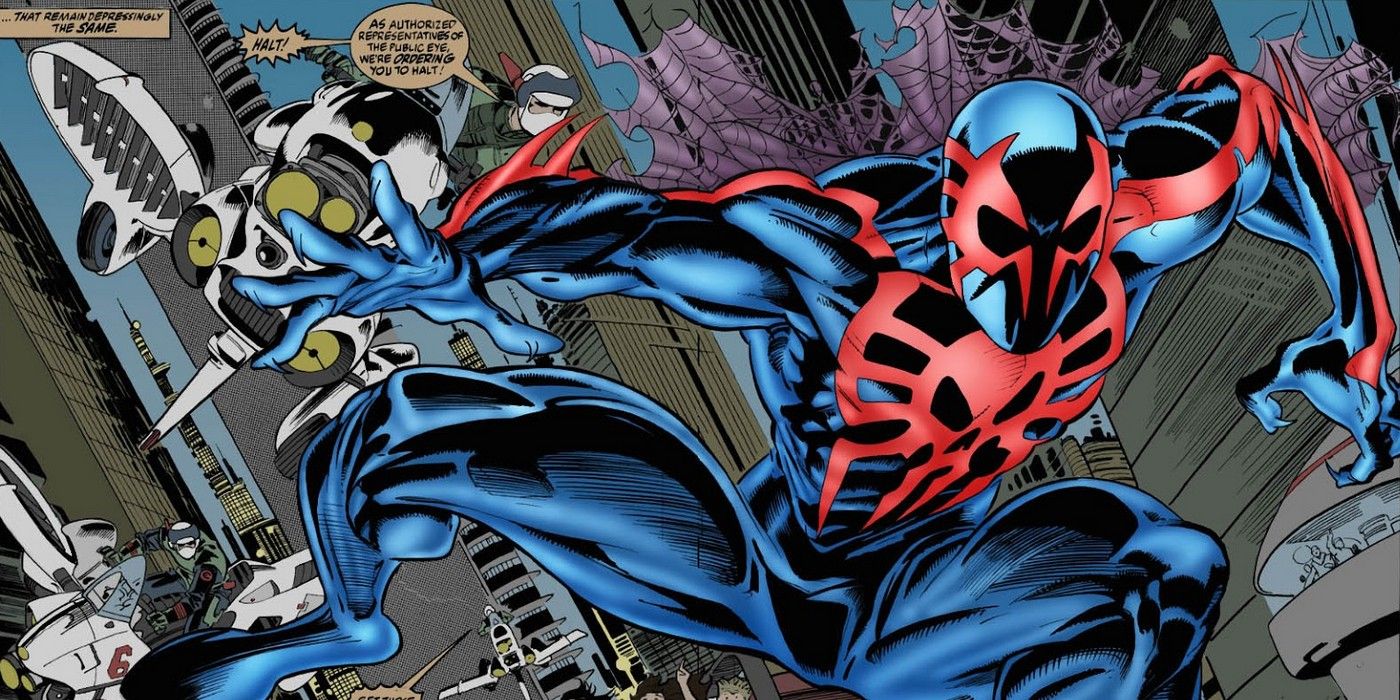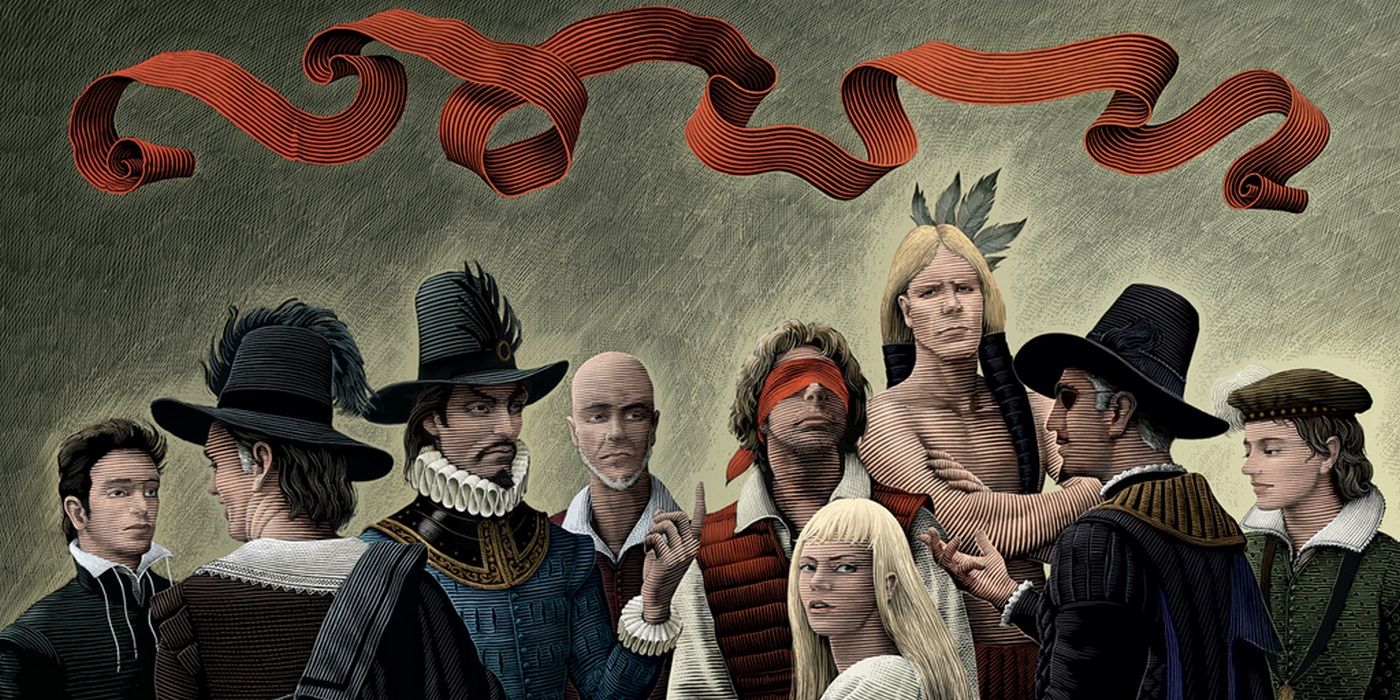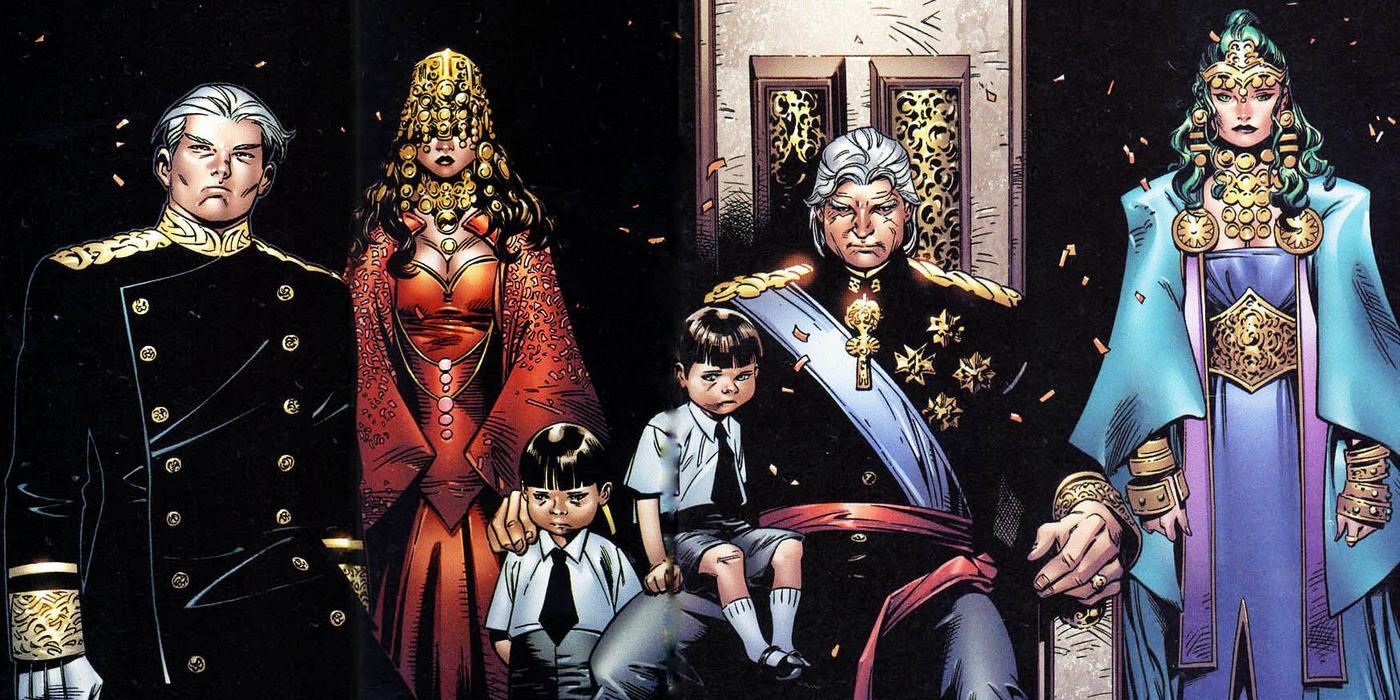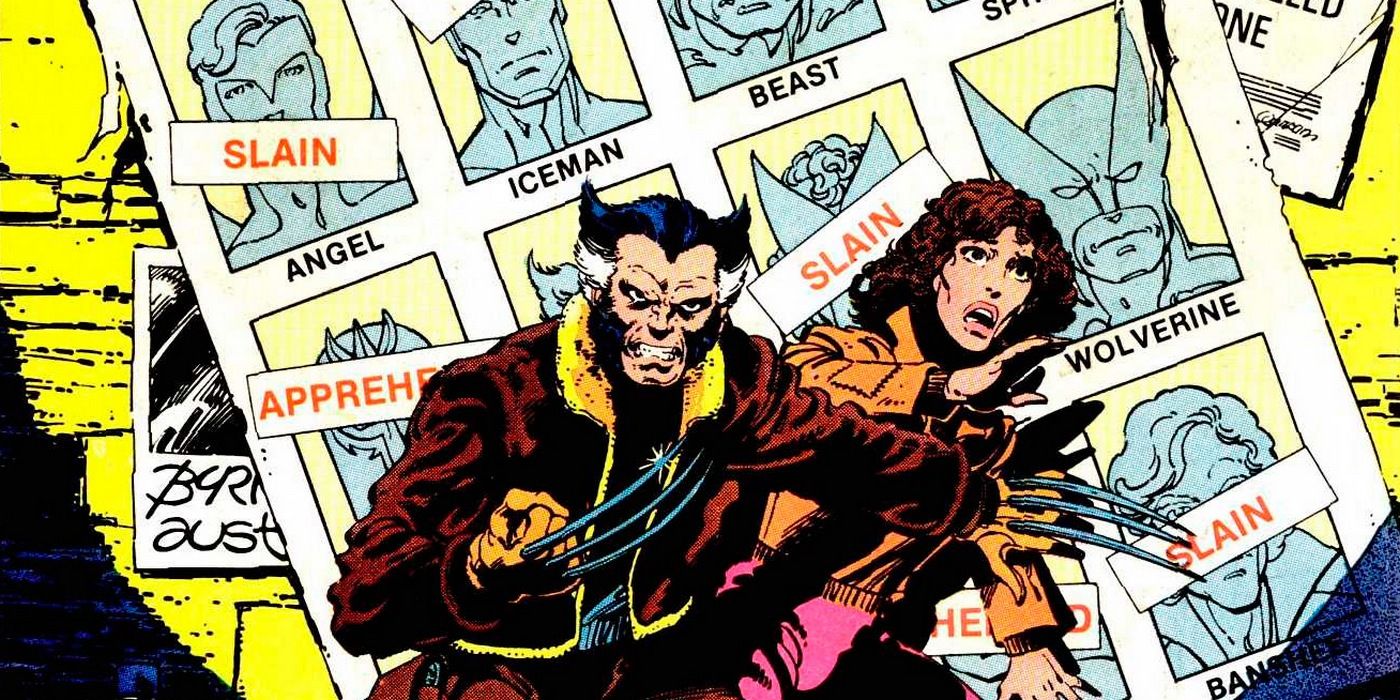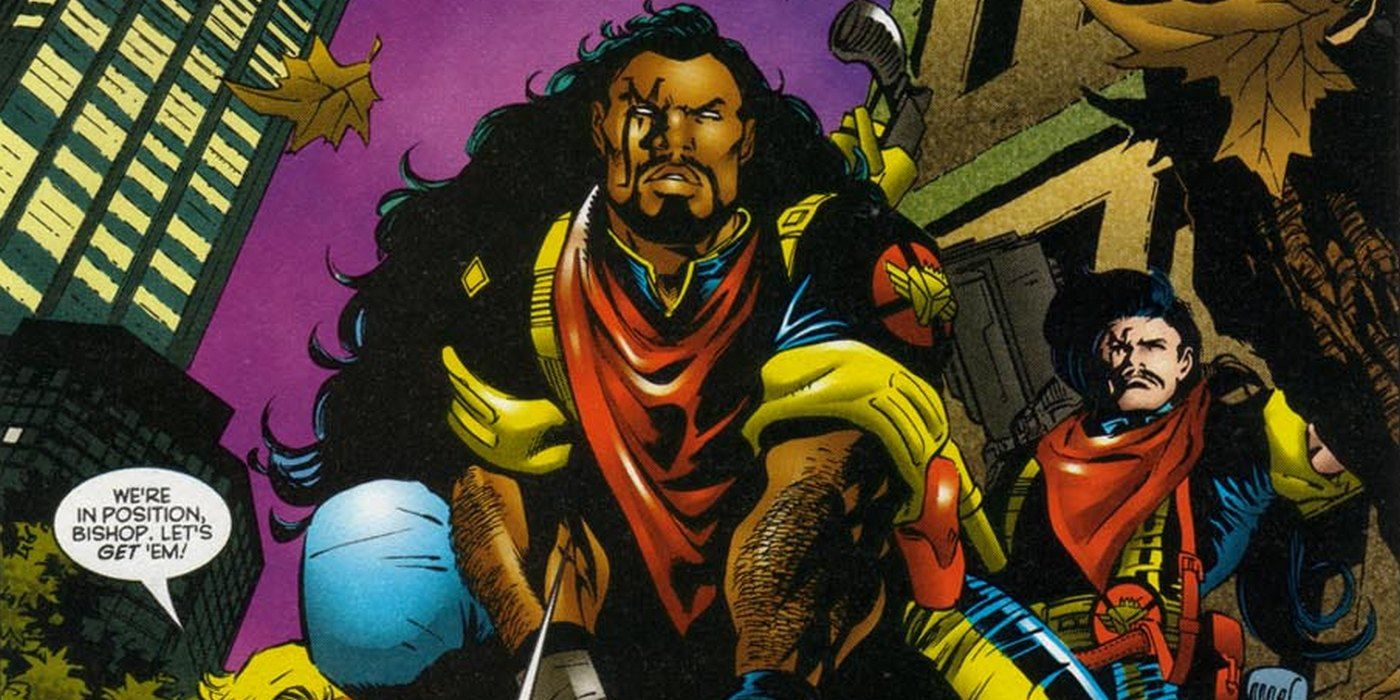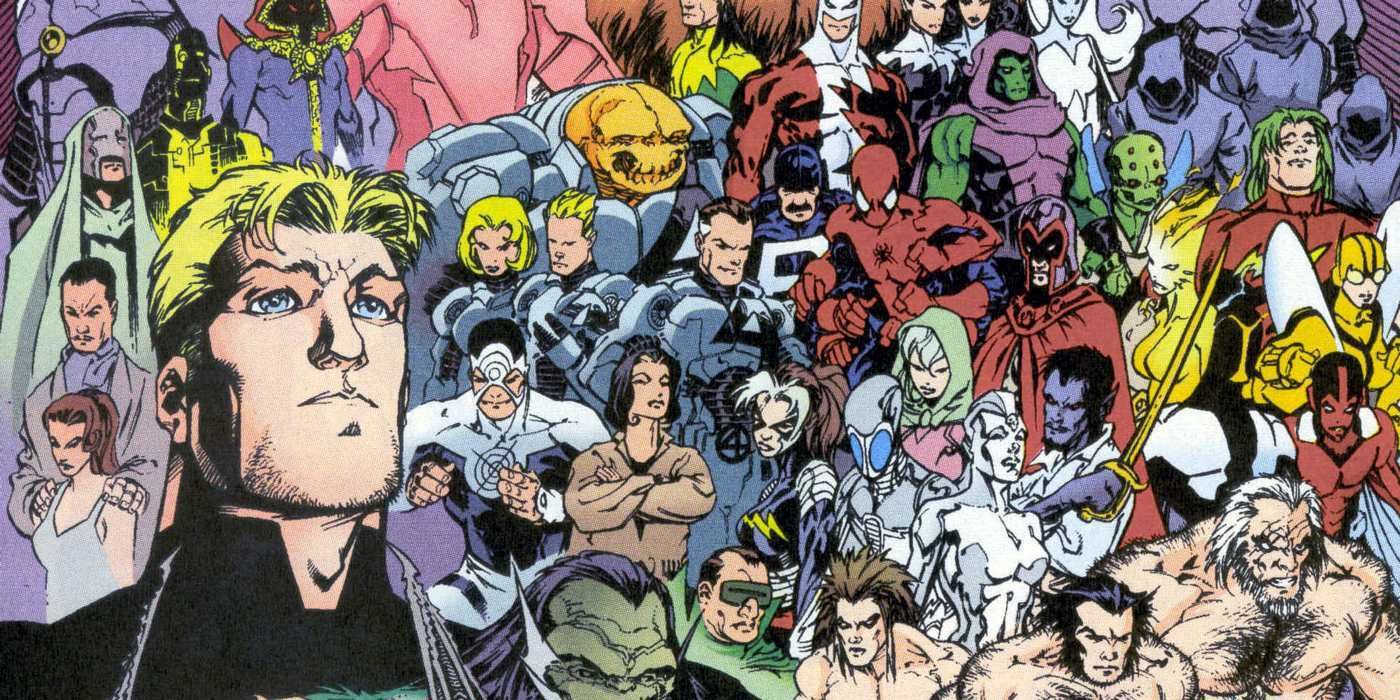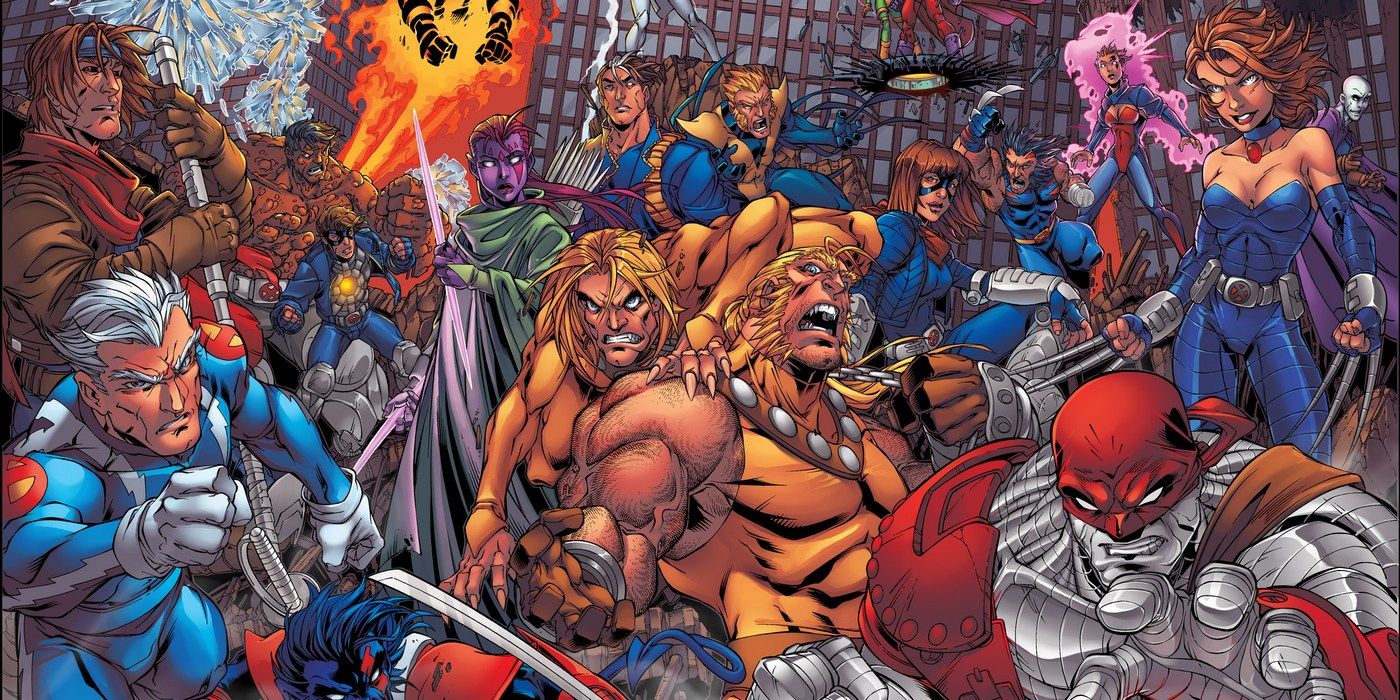Imagine a world in which Marvel superheroes turned into zombies. Witness our planet after a global thermonuclear war, where the Hulk is the only survivor. Read the tale of the Spider-Man's radioactive semen. And, most terrible of all, see Conan the Barbarian re-imagined as a pimp.
Last time, we talked about some of the most interesting alternate history stories published by DC Comics through their Elseworlds imprint. Meanwhile, their rivals at Marvel have been running alternate history stories since the 1970s, with the first issue of their What If series being published way back in 1977. Today, we take a look at Marvel Comics’ 15 best and strangest alternate histories.
15. PIMP CONAN - WHAT IF #43 (1984)
Throughout his career, Conan the Barbarian was many things -- a thief, a warrior and a king -- but not many people are aware that, at one time, Robert E. Howard's most famous creation was also a modern-day gangster. In a February 1979 issue of What if, Conan is struck by a dark magic spell that sends him from the Hyborian Age all the way to the 1970s New York City. Conan first sleeps with a gorgeous cabbie named Danette and only then tries to return home. Conan is very clear about his priorities in life.
In a February 1984 issue of What If, we learn that Conan's attempt to return to his own time through the "inverted ziggurat" of the Guggenheim Museum failed. Conan instead turns to a lucrative career of pushing drugs and running street gangs. He re-visits his old flame Danette dressed up in full 1970s pimp getup, with a living leopard as a fashion accessory. Conan later fights Captain America, but even that is outshined by the former barbarian's swanky suit of seduction.
14. SPIDER-MAN'S RADIOACTIVE SPERM - SPIDER-MAN: REIGN (2006)
Marvel is well known -- notorious, even -- for its downbeat alternate realities. Take for example Spider-Man: Reign, a story that is often compared to Frank Miller's Batman: The Dark Knight Returns which is, in itself, far from reassuring. Spider-Man: Reign is set in a future in which New York is an isolated metropolis ruled by an authoritarian mayor using violent police force to maintain order. When the aging, grief-stricken widower Peter Parker confronts the mayor's forces, many of his worst adversaries, including Electro, Kraven the Hunter, Mysterio and The Sandman, are released from a prison and promised full pardon if they manage to capture and kill our friendly neighbor Spider-Man. Oh, and Spidey's girlfriend Mary Jane Watson dies from a cancer caused by his radioactive semen.
This dark, brooding story following an aging superhero as he questions his life's purpose and achievements was written and illustrated by Kaare Andrews. It was published as a four-issue comic book limited series in 2006, and it remains one of the web-slinger's most divisive storylines to date.
13. MARVEL IN THE 1930s - MARVEL NOIR (2009 - 2010)
Marvel Noir is an alternate history continuum that re-imagines the heroes and villains of the Marvel universe as film noir characters during the Great Depression. In this dark world of detectives, dames, gangsters and gun molls, Spider-Man is a gun-totting vigilante, the X-Men are a group of sociopathic teenagers whose mentor ended up in prison, Wolverine is a private investigator in New York, while the Punisher remains the Punisher, because why change something that obviously works?
Originally published in 2009 and 2010, Marvel Noir is a series of one-shot comic book stories that are, for the most part, unrelated despite taking place in the same continuum. The stories are an uneven mix of film-noir's grittiness that occasionally crosses into a outright horror and the exhilarating action of the pulp-fiction adventures. This mismatched tone probably explains the somewhat mixed reactions the series received from readers and critics alike.
12. THE HULK AT THE END OF THE WORLD - HULK: THE END (2002)
Remember what we said about Marvel and its downbeat alternate realities? In the 2002 one-shot story Hulk: The End, we see the aftermath of a nuclear holocaust as witnessed by Bruce Banner/The Hulk.
In a story that's exactly as cheerful as it sounds, the Hulk is the only sentient being on the entire planet powerful enough to survive the global thermonuclear war. Centuries later, a now elderly Bruce Banner only wants to die and repeatedly tries to kill himself. However, each time he's prevented from dying by uncontrollably turning into the Hulk, who heals Banner with his regenerative powers. Banner theorizes that his destiny is an eternal punishment for the way mankind killed their own world. On his part, the Hulk is still as angry as ever, even though there's literally no one left to be angry at. This upbeat story was penned by Peter David, with art by Dale Keown.
11. MARVEL WESTERN - 1872 (2015)
Created through a multiverse collapse during the epic 2015 Secret Wars storyline, Battleworld isn't so much an alternate reality as it is a patchwork planet made out of bits and pieces of other Marvel universes. These self-contained domains are inspired by various Marvel alternate history storylines, including Age of Apocalypse, Marvel 1602, Marvel 2099 and House of M.
This is all a roundabout way of saying that there's an honest-to-god western universe on Battleworld. Named the Valley of Doom, this pocket universe contains cowboy versions of Marvel characters. In this domain, Steve Rogers is a sheriff of a small frontier town called Timely (of course he is). Bruce Banner works as a local pharmacist, while Tony Stark is a former arms manufacturer who earned a fortune during the American Civil War. Written by Gerry Duggan and with art by Nik Virella, the comic book, simply titled 1872 was published as a limited four issue series in 2015.
10. FANTASTIC FOUR AS STALIN'S COSMONAUTS - WHAT IF?: MIRROR, MIRROR (2006)
A collection of one-shot stories set within the same universe (designated by Marvel Comics as Earth-717), Mirror, Mirror follows teenage hacker Hector Espejo as he explores the history of a reality different from the one he inhabits. And what a history it is! On Earth-717, Captain America fought for Abraham Lincoln during the American Civil War, Daredevil grew up in feudal Japan, and Wolverine hunted gangsters during the Prohibition era, all while Dr. Rudion Richards and his cosmonaut comrades were the Soviet weapon of choice during the Cuban Missile Crisis.
Mirror, Mirror collects in one volume a series of one-shot alternate history comic book stories published by Marvel in February of 2006. Their authors include Robert Kirkman, Greg Pak, Rick Veitch and Daniel Way, while the comics were illustrated by artists such as Keu Cha, Tommy Lee Edwards, Jon Proctor and Marshall Rogers.
9. ZOMBIE SUPERHEROES - MARVEL ZOMBIE (2005)
Robert Kirkman is by far best known as a creator of a long-running Walking Dead comic book series. In 2005, Kirkman turned his zombie expertise towards Marvel superheroes and, together with artists Sean Phillips and Arthur Suydam, created Marvel Zombies. This limited five issue series explores a grim alternate reality in which a super-powered visitor from another universe infects Earth's superheroes with a zombie virus. Soon enough, zombified versions of Iron Man, the Hulk, Spider-Man, Wolverine and others depopulate the planet by devouring all of humanity. Luckily for them, it's just about that time that Galactus chooses to attack Earth. Snack time!
Widespread success of Marvel Zombies infected Marvel with the virus as well, leading to several sequels. While 2007 Marvel Zombies: Dead Days is a prequel chronicling the outbreak of zombie virus on Earth, Marvel Zombies 2, Marvel Zombies 3 and Marvel Zombies Return follows former heroes of the Marvel universe as they take their hunger to other worlds.
8. BAD GUYS WIN - WOLVERINE: OLD MAN LOGAN (2008)
Written by Mark Millar and illustrated by Steve McNiven, Wolverine: Old Man Logan takes place in a dystopian/post-apocalyptic future in which supervillains took control over the USA. During their final assault, Wolverine succumbed to mind-control and slaughtered all of the other X-Men. Decades later, he lives a guilt-ridden life on a territory controlled by a tribe of incestuous hillbilly descendants of the Hulk. Hoping to provide for his family, Wolverine takes on a mission of delivering a mysterious package to the city of New Babylon through a territory beset by all kinds of dangers: from Mole Men to mutated dinosaurs.
Wolverine: Old Man Logan was originally published as an eight-issue series between June and September of 2008. The storyline proved popular enough to lead to two additional volumes. While one of them was penned by Brian Michael Bendis and other by Jeff Lemire, both of them were illustrated by Andrea Sorrentino. Keep an eye out for familiar traces of the comic when Wolverine 3 hits theaters next year.
7. MARVEL CYBERPUNK - MARVEL 2099 (1992)
Created in 1992, Marvel 2099 was a Marvel Comics imprint set in a Batman Beyond-like cyberpunk future in which the United States is ruled over by corporations, the police force is privatized, and superheroes are non-existent. Present day Marvel heroes are either remembered in the tales of the fabled "Age of Heroes" or openly worshiped like in the Church of Thor. Marvel 2099 titles follow the new versions of the old superheroes as they emerge to fight the evils of this corporate dystopia.
At first, titles such as Spider-Man 2099, Doom 2099, and Punisher 2099 proved fairly popular among the readers. However, after Marvel Comics fired the imprint's chief editor Joey Cavalieri in 1996, many of the top writers left in protest. Because of that, the overall quality took a nosedive and the sales plummeted, leading to a cancellation of the line in 1998. Since then, the universe of Marvel 2099 has been only occasionally re-visited by various creators.
6. MARVEL IN THE 17TH CENTURY - MARVEL 1602 (2003)
Marvel 1602 re-imagines Marvel superheroes living in an age of Shakespeare and the religious wars. Early in the 17th century, mutants are known as "witchbreeds" and are widely hunted by the Church authorities. In this universe, Magneto is the Grand Inquisitor who hides both his powers and his Jewish heritage, while his former friend Carlos Javier (get it?) helps protect the mutants of England from the superstitious peasants and cruel aristocrats alike.
Penned by comic legend Neil Gaiman and penciled by Andy Kubert, Marvel 1602 plays not only with the established Marvel mythology, but with history as well. The storyline replaces Queen Elizabeth's court astrologer Dr. John Dee with Dr. Stephen Strange, and instead of the real-life spymaster Sir Francis Walsingham, England's spies are being run by Nick Fury. Marvel 1602 proved popular enough to lead to three sequels: 1602: New World, Marvel 1602: Fantastick Four and Spider-Man: 1602.
5. MAGNETO TRIUMPHANT - HOUSE OF M (2005)
After Magneto reveals to the world a conspiracy by their leaders to purge mutants, he gains the public's trust and soon becomes global leader of all the mutants. As the mutant population drastically increases, it leads to a new kind of racism in which regular humans are considered to be inferior to mutants. This new mutant ruling class, of course, is lorded over by Magneto and his family. This unlikely turn of events exists solely due to the reality-warping powers of the Scarlett Witch, who changed the world itself in trying to please her father, Magneto. Even though other heroes are at first unaware that their world changed, the reality of the House of M soon begins to fall apart.
House of M is an eight-issue comic book limited series written by Brian Michael Bendis, with art by Olivier Coipel and covers by Esad Ribić. It was originally published between June and November of 2005. House of M was followed by several prequels, including House of M: Avengers (2007), Civil War: House of M (2008) and House of M: Masters of Evil (2010), though the original series tops them all.
4. TIME-TRAVELLING FROM A DYSTOPIAN FUTURE - DAYS OF FUTURE PAST (1981)
Set in what used to be a faraway future of 2013, Days of Future Past introduces a dystopian United States in which giant killer robots called Sentinels hunt and incarcerate mutants in internment camps. With Sentinels getting ready to conquer the rest of the world, members of the mutant resistance movement send Kitty Pryde's consciousness back through time to the year 1980. Kitty's mission is to stop the assassination of a prominent politician by Mystique and her mutant terrorists, which will spark the anti-mutant hysteria and lead to the creation of the Sentinel program.
Days of Future Past is often cited as one of the most famous X-Men storylines. Its popularity only increased after Bryan Singer's X-Men: Days of Future Past, which earned almost $750 million at the worldwide box office. Days of Future Past was first published in January and February 1981, with a story by Chris Claremont and John Byrne and illustrations by Byrne and Terry Austin, and it's widely regarded as one of the most ground-breaking storylines in comic history.
3. BACK TO THE DYSTOPIAN FUTURE - XAVIER'S SECURITY ENFORCERS (1991)
Days of Future Past ends on an ambiguous note: with future Kitty Pryde returning to her own time, the X-Men of the present are left wondering if their actions actually prevented the horrible dystopian future, or if they've merely delayed the inevitable.
A decade after Days of Future Past, readers learned the answer to that question with the first appearance of Xavier's Security Enforcers in Uncanny X-Men. This group of superheroes hails from the 2070s, where an elderly Scott Summers and his daughter Ruby manage to unite mutants and mankind just long enough to overthrow the tyranny of the Sentinels. However, as soon as this Summers-led Rebellion ends, the new alliance immediately breaks down in mutual distrust. Xavier's Security Enforcers are a team of mutants dedicated to the principles established by Professor X almost a century before their time. As they try to police their own, Enforcers also struggle to earn the trust of the rest of humanity.
2. HEROIC MAGNETO AND VILLANIOUS PROFESSOR X - MUTANT X (1998)
Scott Summers' baby brother Havoc is the chief protagonist of the comic book series Mutant X. After a disaster involving a time machine and a deranged mutant, Havoc finds himself in an alternate dimension where it seems that mutants have finally been accepted by mankind. However, it turns out that this new reality is actually worse from the one Havoc originated in, as Professor X is possessed by the Shadow King and Nick Fury is running a terrorist organization known as S.H.I.E.L.D. (Saviors of Humanity by Intervention in the Evolution of Life-form Deviants). It's Magneto, of all people, to whom Havoc must turn for support.
First published in 1998, Mutant X was originally intended to be a 12-issue series. However, due to its popularity, the series was turned into a unlimited series. Written by Howard Mackie and illustrated by a variety of artists, Mutant X lasted for 32 issues and three annuals before it wrapped up in 2001.
1. ASASSINATION OF PROFESSOR X - AGE OF APOCALPYSE (1995)
Age of Apocalypse begins with the mutant known as Legion (the one who's set to lead his own series over on FX) traveling back in time with the intention of assassinating Magneto before he commits crimes against humanity. However, as is often the case with time-travel, this plan backfires and Legion accidentally kills Professor X instead. Because of that, a new timeline is created in which Apocalypse conquers the planet, leading the surviving mutants to organize a resistance against his nightmarish rule.
Age of Apocalypse is a comic book crossover storyline originally published in 1995 and 1996. It was written by several big name writers - including Warren Ellis, Scott Lobdell, Jeph Loeb and Mark Waid - and penciled by artists such as Chris Bachalo, Roger Cruz, Andy Kubert and Terry Dodson. The universe of Age of Apocalypse was occasionally revisited by Marvel in later years, most memorably with the 2005 six-issue limited prequel story entitled X-Men: Age of Apocalypse by Akira Yoshida and Chris Bachalo.
---
Did your favorite alt-timeline Marvel story make the cut? Let us know in the comments!

